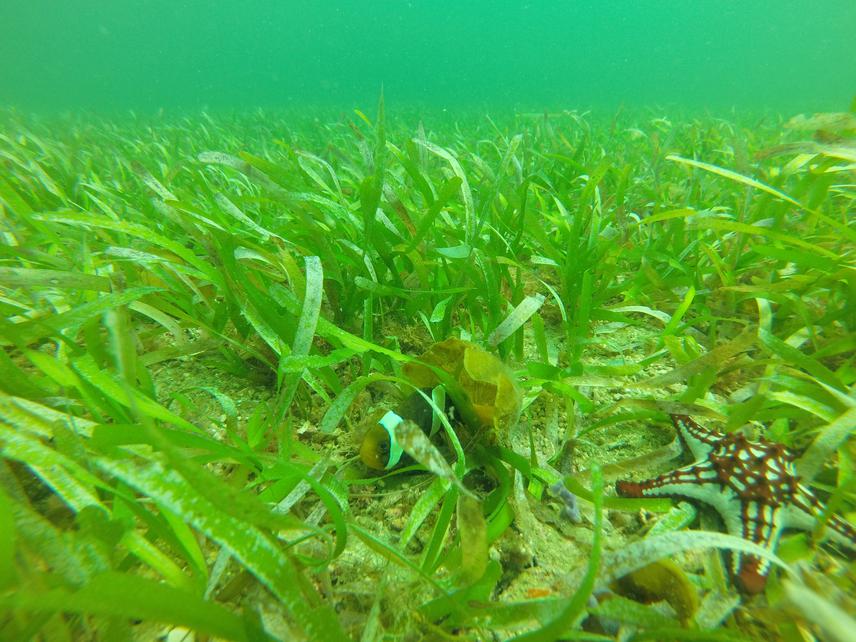Chathurika Subhashini Munasinghe
Other projects
25 Jan 2016
Conservation of Locally Endangered Dugongs (Dugong dugon) through Community Based Seagrass Restoration Project in the Bay of Mannar, Sri Lanka
With the expectation of developing a cost effective method to restore seagrass and consequently help support the improvement of fisheries and biodiversity, a restoration technique using hessian bags will be conducted through the support of local community. We are determined to educate the local community to ensure the long-term survival of transplanted seagrasses since the restored habitats need to be taken care in order to obtain desired results.

Seagrass habitats in the Northwestern Sri Lanka.
Seagrass meadows in Sri Lanka are highly fragmented and are more vulnerable to number of stressors. It has led to the population shrinking of Dugongs, sea turtles and commercially important fishery species. This approach of restoration will enable long-term predictions of the outcomes to be made from different species for transplanting.
The restored seagrass beds will be protected, monitored and maintained in the long term future with the support from local community. Public involvement and awareness will be used as a tool for conservation of seagrass in the long run. Data on transplanted species composition will be used later to guide the seagrass planting projects. Other advancements will be the increasing evidence that restored seagrass beds may become self-sustaining in appropriate time frames and that many functional attributes return within a few years. Our long term goal is to connect fragmented seagrass habitats in North Western Sri Lanka to help improving the biodiversity, ecology, economy, carbon sequestration and food security.